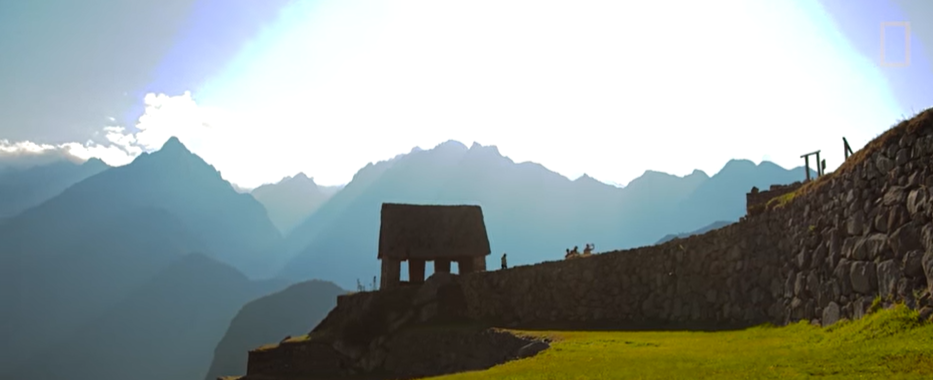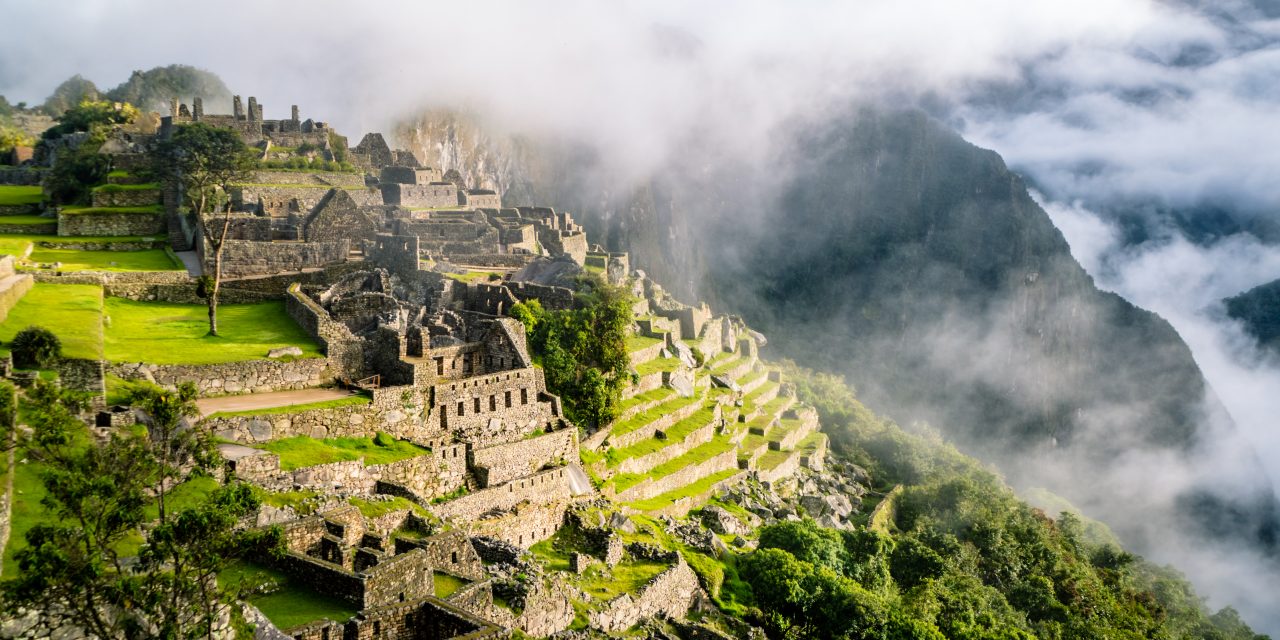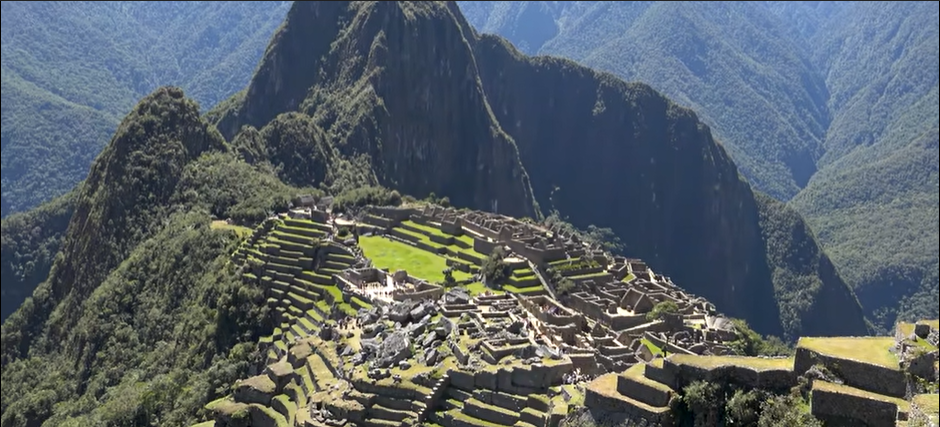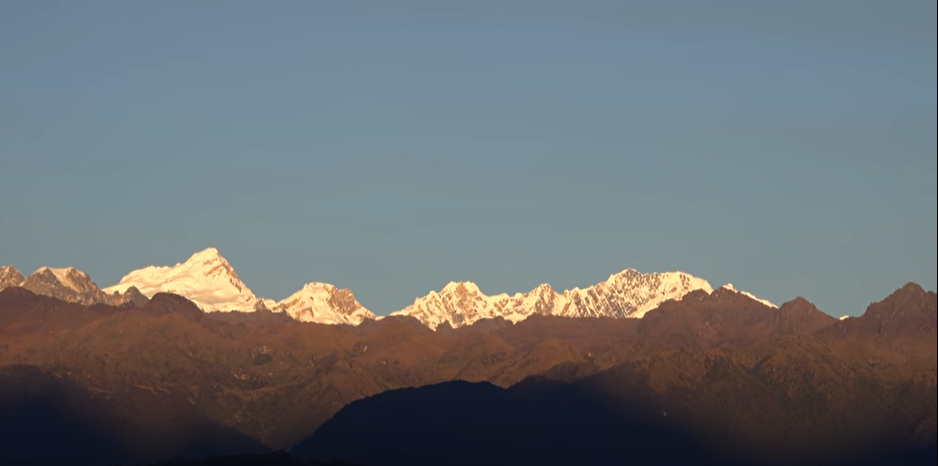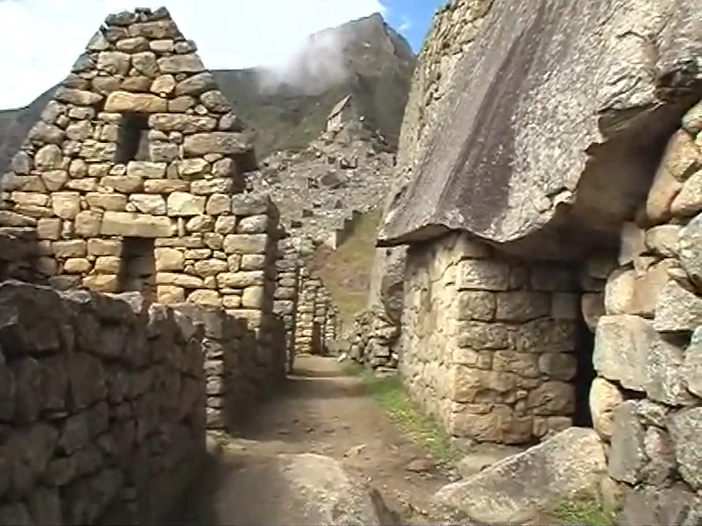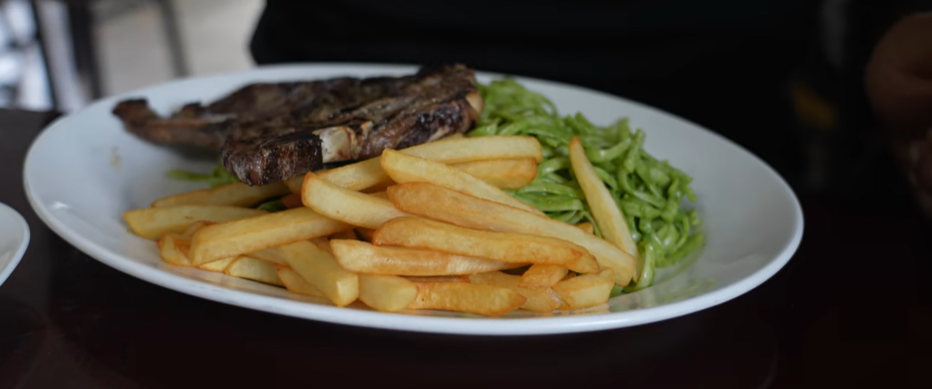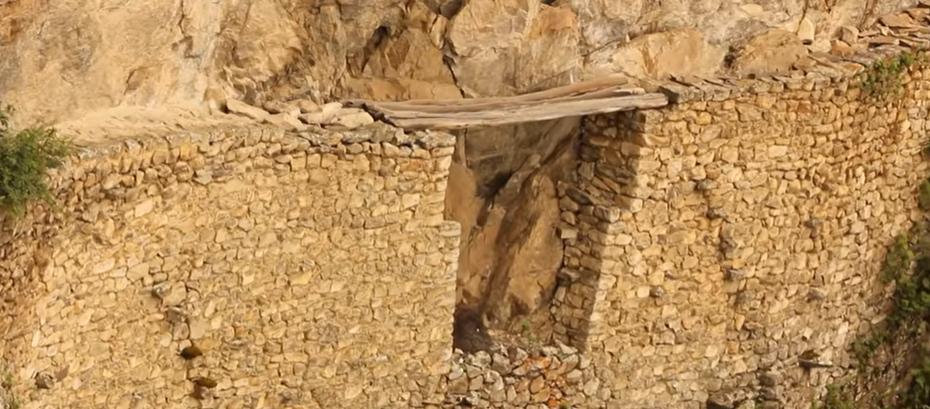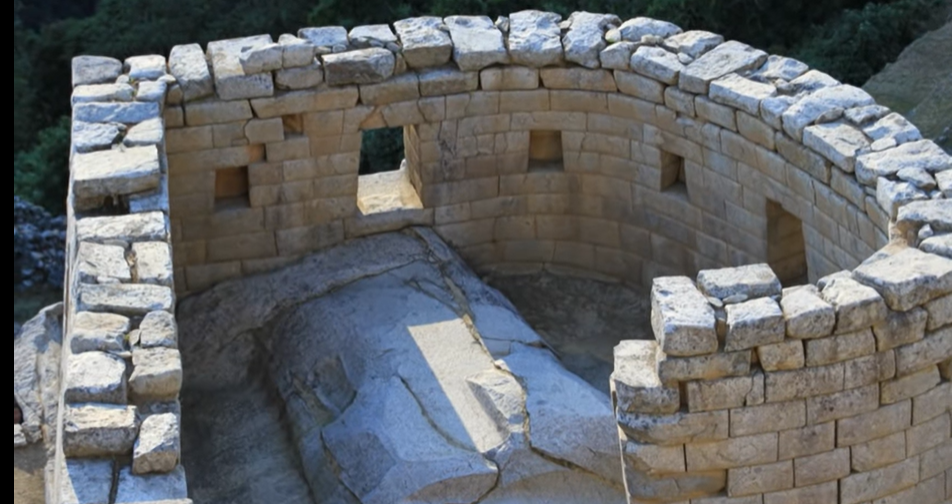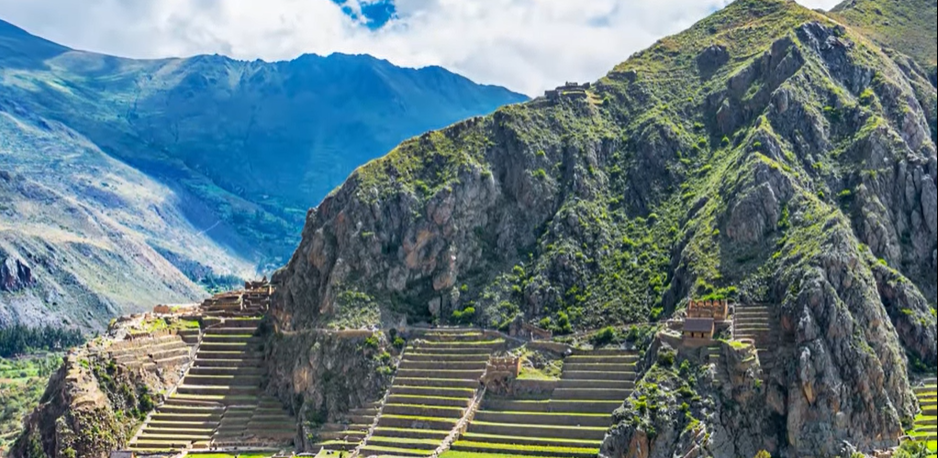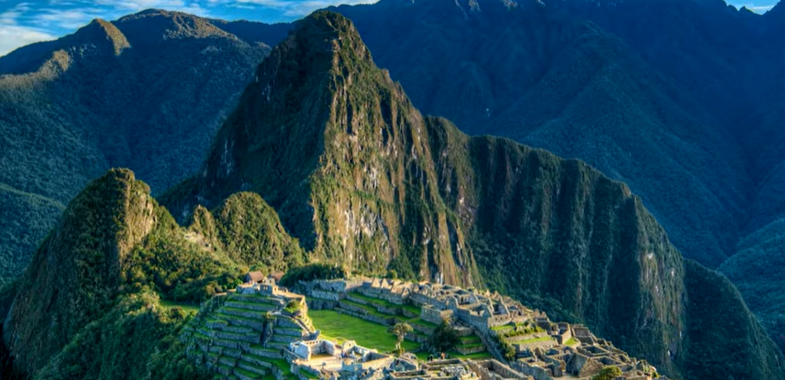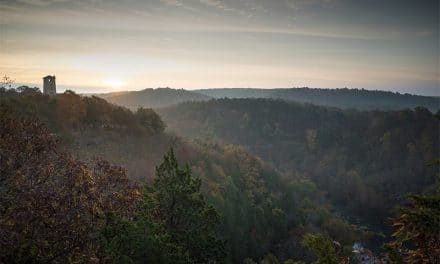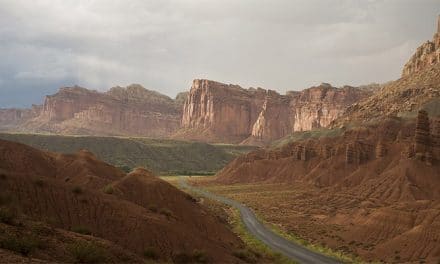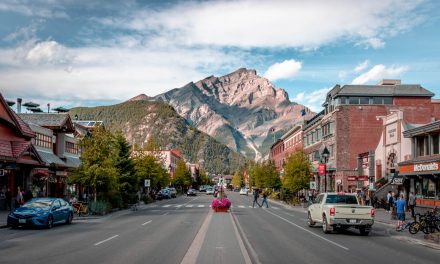During travels, it is a no-brainer to capture a lot of the best pictures. This is because memories are sometimes unreliable when recalling experiences. And most of the time, images serve as our go-to things for us to see a bank of frozen moments.
Almost everyone has seen a snapshot of Machu Picchu at some point. We know you would agree on how iconic the view is regardless of when it was taken. These photographs are both memorable and dramatic, and they have the appearance of paintings. Here is all the iconic Machu Picchu photos that still make us gasp.
In this post, you will learn how to take magnificent and social media-worthy photos of the magical Machu Picchu. Let us take a snap like a pro!
Machu Picchu
Machu Picchu is 2,430 meters above sea level in Peru, in a breathtaking environment in the heart of a tropical highland jungle. It was, at the time, the Inca Empire’s most unique urban construction; its massive walls, terraces, and ramps appear to have been carved organically into the continuous rock escarpments.
The best masons in the world are the Incas. The constructions were so expertly constructed using an ashlar technique, which involves cutting stones together without cement that not even a knife blade could fit between them.
The upper Amazon basin, with its enormous diversity of flora and fauna, the upper Amazon basin is part of the natural environment on the eastern slopes of the Andes. Because of its extraordinary cultural and natural value, Machu Picchu was recognized as a UNESCO World Heritage Site in 1983. In 2007, it became one of the New Seven Wonders of the World.
The Inca Empire built this place in the 15th century, yet later abandoned Machu Picchu upon the onset of the Latin conquerors. At present, Machu Picchu still has a lot of unraveled secrets. Many theories exist on its purpose as a royal estate and a secret ceremonial space. Others would say that the place played a role in the Inca’s scientific activities, specifically in astronomy and domestication of wild flora species.
Visiting Machu Picchu
According to World Wild Life, Machu Picchu came from a Quechua Indian language which means old peak or old mountain. Some would tag this place as the Lost City of the Incas. For the record, Machu Pichu is the most visited tourist spot in Peru. Despite the Spanish colonization that created a lot of destruction to cities forged by the Inca civilization, Machu Picchu preserved its life due to its hidden situation. It was hidden and undiscovered for centuries. Thus, making it one of the best-preserved Inca settlements and an archeological treasure.
Here are some fantastic facts about Machu Picchu:
- The place’s real name is still unknown, and it is not Machu Picchu.
- It is not a lost city.
- People preserved 75% of the place because of its remote location.
- It is in the deep jungle of Peruvian cloud forest.
- Machu Picchu is a no fly zone
- Many rare animals are present in the area, including the occasional spectacled bear.
12 Picture Perfect Sceneries in Machu Picchu
Indeed, Machu Picchu’ has many hidden wonders and unique history! Now that you already know the place’s good-to-knows let us head to the different picture-perfect locations. We will guide you through how to take the best angles and spill some tips to have the best pictures during your Machu Picchu journey.
1. Capturing the Sun Rays
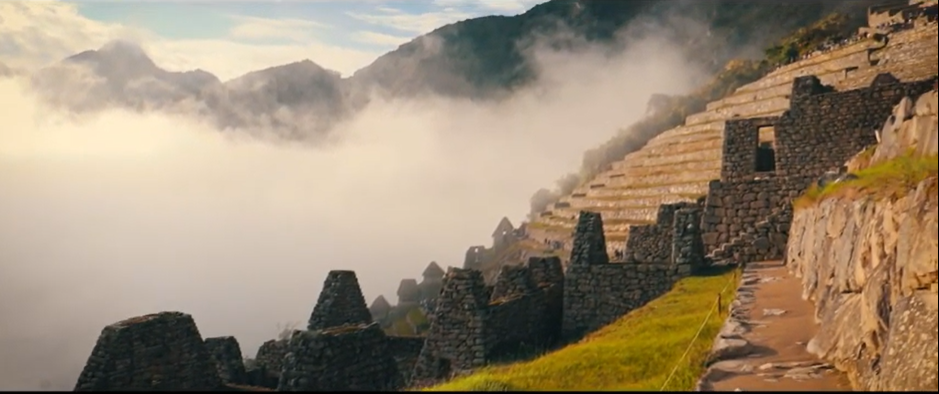
Sunrays in Machu Picchu are heavenly, but the first rays of light in the morning are divine. You might be wondering how and where to capture them. Usually, the Peruvian sunrise occurs around six in the morning.
You can choose from some views such as the mountains, especially in the Andes, or the rays of life over the terraced farms. Aside from the combination of nature (mountain and sun), you may also try to witness excellent results if artificial structures and nature play simultaneously.
First thing in the morning, you may go to the buildings of Machu Picchu, grab your camera, and capture the dancing sunlight on concrete stone walls. We suggest that you take a shot in a landscape mode with these views.
2. The Sunset Fog

Aside from the sunrise, Machu Picchu also has scenic sunsets. As the sun bids its farewell, the shroud of mist and fog slowly becomes a blanket for the city during the night. With this type of view, having a drone is the best option.
Capturing the top view of the whole of Machu Picchu surrounded by mountains will show how the fog veils all over the place. However, if you do not have a drone, you may find higher ground, preferably on Aguas Calientes cliff.
3. Llamas are on the run!

Llamas are one of the animals that visitors expect to see, and there are much roaming about Machu Picchu. However, they are now domesticated creatures that you would not ordinarily find here (in the wild, they prefer elevations beyond 13,000 feet / 4,000 m).
These local lawnmowers are an exceptional addition to your snapshots. They’re maintained here to entertain tourists, and they’re pretty used to them so that you can snap some amazing selfies with them. They are nevertheless interesting to see.
Keep in mind that if they get irritated, the worst thing they can do is spit.
4. The Guardhouse
The Guardhouse is one of the first places you will come upon within the ruins within the ruins. The troops defending one of Machu Picchu’s two main gates were housed in this thatched-roof structure. Thus, people call this the Caretakers Hut.
In taking pictures, you may situate yourself on the lower ground a few meters away and capture the Guardhouse from afar, looking up. One of the best viewpoints you might try is to stand way below to catch the Guardhouse as it sits on the ruins surrounded by Huayna Pichu and other mountains.
Even though the Guardhouse is not as impressive as the other buildings within the citadel, it is still a must-visit area in Machu Picchu. The fog creates a more dramatic scene making this panoramic view best for photographic opportunities. If you can capture it on a foggy day, the better.
5. The Peruvian Food
Let us pause from landscapes and nature view first and head to smorgasbord photographs. Did you know that aside from the scenic views of Machu Picchu, the food is one of the significant expressions of this city’s culture?
Peruvian food today is now a fusion of the Inca, pre-Inca, and Spanish recipes. Furthermore, their delicacies were also influenced by African, European, Chines, and Japanese immigrants. As a result, the place serves more vibrant colored dishes to the table.
Upon your meal, never forget to take macro pictures of vibrant Comida Criolla (traditional Peruvian dishes) like Escabeche de Pescado. It is a boiled fish topped with aji, lemon juice, and onions.
6. The Inca Bridge
The Inca Bridge is one of the lesser-known attractions of Machu Picchu. Although hiking over it is banned due to its extreme narrowness, you may take a short 15-minute climb to see this architectural masterpiece from afar.
According to Machu Picchu Regulations, the Inca Bridge is available all year for hiking. However, remember that November to April is the rainy season, so be prepared for heavy rains. Trek early in the morning for cooler temps and more excellent shade from the sun’s beams for amazing shots.
Due to the sheer drop-offs on the bridge walk, extreme caution should be exercised, especially if hiking with children.
7. The Sun Temple
Inside Machupicchu, the Incas erected the Temple of the Sun as a holy precinct to pay reverence to and offer offerings to the sun. This star was one of the Inca civilization’s most prominent deities.
As a result, only the temple’s priests and the empire’s aristocracy were allowed to attend. This religious structure is now one of Machu Picchu’s most renowned tourist attractions. Aside from the beautiful curve of the temple, which you can capture from a higher ground, its trapezoidal windows are best when taken upfront.
It would be best if you took photos of the windows during the sun’s peak. It allows the sunrays to cast both light and shadow on the windows. You can even use the window creatively as a peak hole or a frame to capture the view through it.
8. The Inca Terraces
Nothing beats the solace that the greenery provides to humankind. Have you seen a manmade and nature combined? The Inca Terraces are the best representation of nature and infrastructure fusion. On the outskirts of the ancient gates of Machu Picchu, you will find these terraced farms.
The scenery would appear more vibrant and dramatic if you capture it while the sun’s rays strike the greens. You can also take a side-angle shot to appreciate the terraces’ frames as it pops against the mountainous backdrop.
The Sun Gate
The vistas are stunning for those who choose to climb to the Sun Gate or pass by it on the Inca route. Formerly Inti Punku in Quechua, the Sun Gate was previously Machu Picchu’s primary entryway. It’s about a one-hour walk from the significant stone ruins and a great spot to soak in the scenery.
The best time to capture the Sun Gate is when the sun hits its stone walls. It creates more brilliance and exposure to the gate as the subject. As a result, it highlights the green mosses making them pop even more against the Machu Picchu stonework.
Not to mention how the foggy mountains create a mix of white and blue background for the emphasis of the Sun Gate. You can capture this better in portrait mode.
9. The Main Ruins
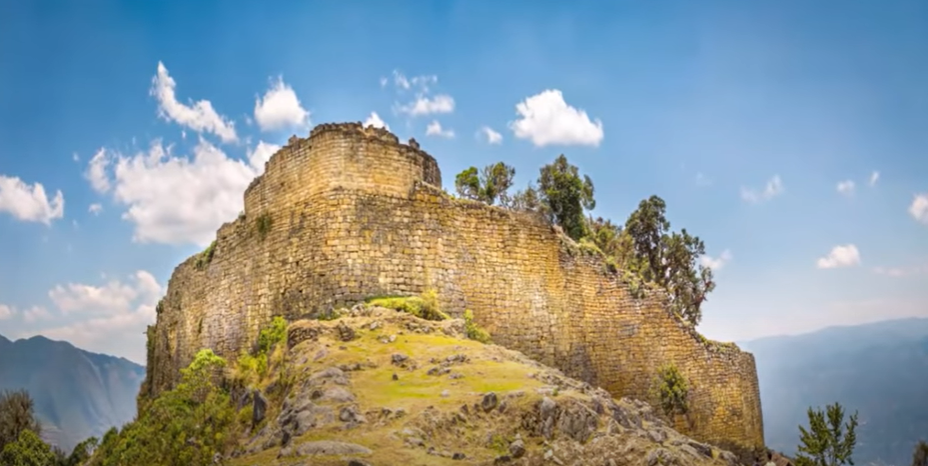
Aside from up close and macro photos, try shooting pictures from a distance. One best view of this type of shot is the ruins of Machu Picchu. Situate yourself outside the ancient walls of the city. You can have a layout and planning perspective of the ancient Inca city.
Remember that you should set your camera in landscape mode to capture the full view with this photo. You may take a picture with a mountain backdrop or a slight birds-eye view to see the ruins on the grassy terraces.
As you wander around the remains of Machu Picchu, pretend to be a member of the Incan royal. Images of Machu Picchu will undoubtedly reveal the engineering and artistry that went into constructing this ancient ruin. On the other hand, you may have an up-close walk within the walls of the ruins.
10. Machu Picchu Wildlife
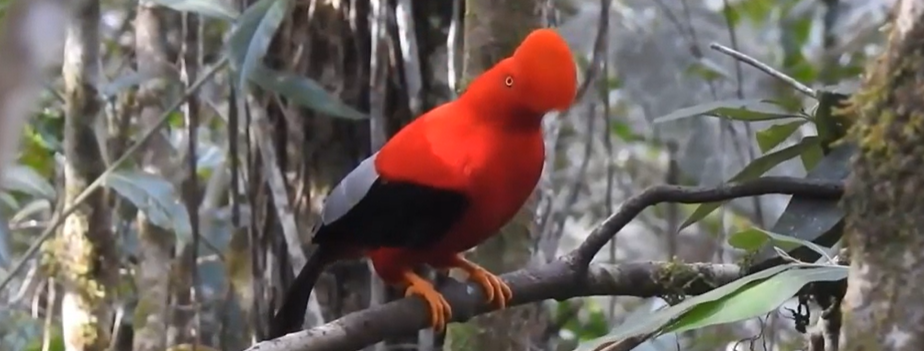
We mentioned earlier that the place itself is a jungle forest. Of course, naturally, it is home to many animals and plants. Aside from the architectural shots, fill your photo files with a hint of tropical paradise.
Machu Picchu is more than simply a collection of Incan ruins. In the heart of Peru’s cultural history, you will also discover fantastic photographs of flora and animals.
Get your camera ready to spot some of these animals:
- The Spectacled Bear (Andean Bear)
- Giant Hummingbird
- Andean Cock-of-the-Rock
- Camelids
- Andean Condor or the largest vulture in the world
- Orchids
- Quenua Tree
You can capture them raw in the heart of nature, or you may add some architectural dash to the photo to make it more scenic and worth remembering. Good luck with looking for birds of prey and flora that you won’t find anywhere else.
11. Putucusi Mountain
People call this mountain the Happy Mountain. It has a height of 2,560 meters (8,500 feet). Its roads are narrow and winding. However, once at the top, you can take in the entire splendor of the countryside that surrounds the World Wonder.
The Putucusi Mountain is the hidden gem of Machu Picchu. Not everyone visits this mountain because of its remote nature. Make sure to add Puctucusi to your list of destinations and take a picture of it since not many people have been able to photograph its sheer beauty.
Visiting Putucusi during the rainy season is not recommended. The most significant time to go is when the weather is nice. When a guide is not required, tourists should be cautious while ascending because the peak can be deadly.
Stand on top of the main ruins overlooking the Putucusi Mountain. You will render a close-up shot of the ruins with Happy Mountain at the back. You can also try situating yourself on the terraces to view the mountain with the Urubamba river below.
12. Machu Picchu Weather
Another creative idea is to photograph the same sight in various weather conditions or at different times of the day. Many tourists claim that the weather at Machu Picchu changes in an instant.
Machu Picchu remains awe-inspiring in all sorts of weather. Mist and fog linger low in the ruins at times. At other times, the sunbeams brightly, highlighting the masonry and history.
To do this, choose only one subject, the Sun Temple or the ruins. These shots are better if you have a more extended vacation. Try capturing the sunny, foggy, and rainy days or may have the night and day scenes of the place in one focal point. Most of the time, you will see the place’s emotion through the skies, so make sure to include it in your photo.
You may also catch the art-like ribbons of white clouds covering Machu Picchu. You can see these beautiful clouds: the Andes beyond Huayna Picchu, over the ruins, and a distant landscape view of Machu Picchu.
You can also try shooting at the angle of Trapezoidal niches with low-hanging clouds over the Andes at Machu Picchu or the stormy skies behind a stone wall.
Visit Machu Picchu
Visiting the mysterious Machu Picchu gives you a chance to access the place’s rich history. It is amazing how you will hear people speaking both Quechua and Spanish languages due to Andean traditions and the Peruvian culture. You will also see how this fusion of cultures brought forth the birth of exquisite and unique clothing.
When you step into the hallowed grounds, you will feel that you are discovering something for the first time, especially if you have just completed the 4-day Inca Trail. Machu Picchu is the holy grail of all backpacker destinations, and it is undoubtedly deserving of bragging rights. You’ll never stop bragging about your trip to this magnificent location.
Therefore, it is essential to carry your best camera with you. Never hesitate to take plenty of clicks in taking your Machu Picchu photographs. Make sure to bring extra batteries and memory storage with you! Because, when it is all said and done, these photos will act as your time machine in traveling back to this Sacred Citadel.
How to Get There?
There are different ways to go to Machu Picchu. However, the most convenient way to get there is by train from Cusco along the Urubamba Valley’s floor, then by bus up to the ruins’ entrance. Alternatively, you may take a difficult hike up to Machu Picchu from the Aguas Calientes station, which would take 90 minutes to two hours.
